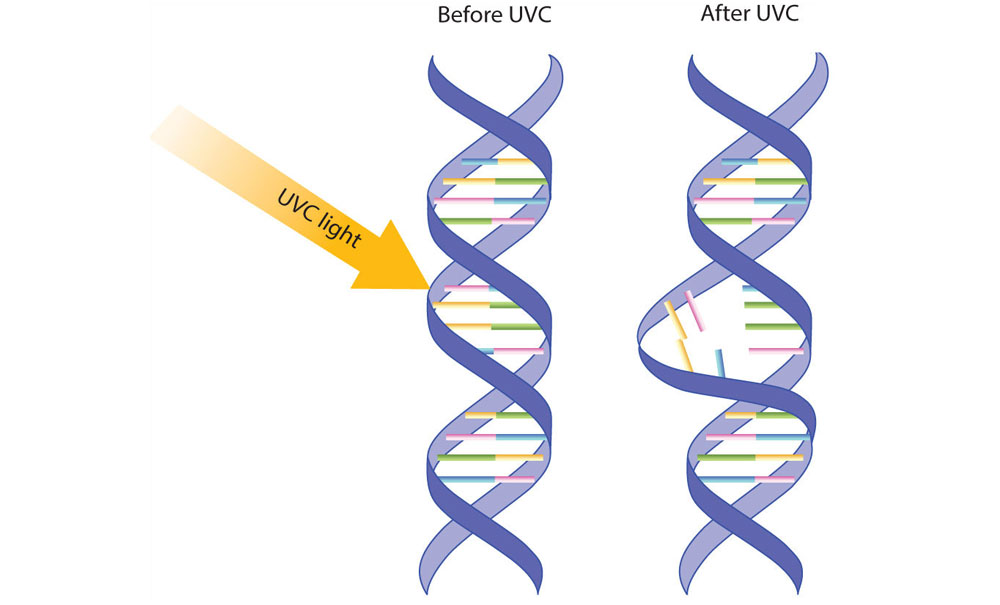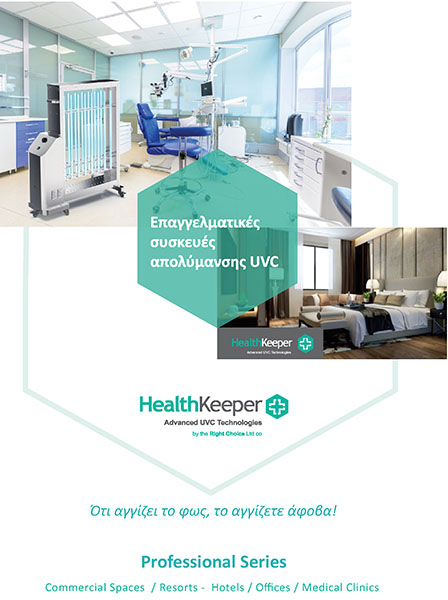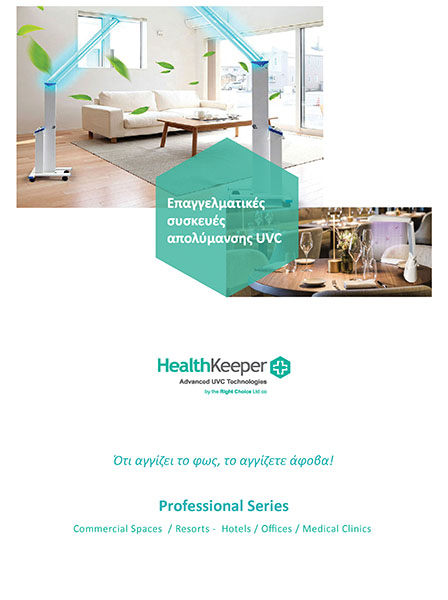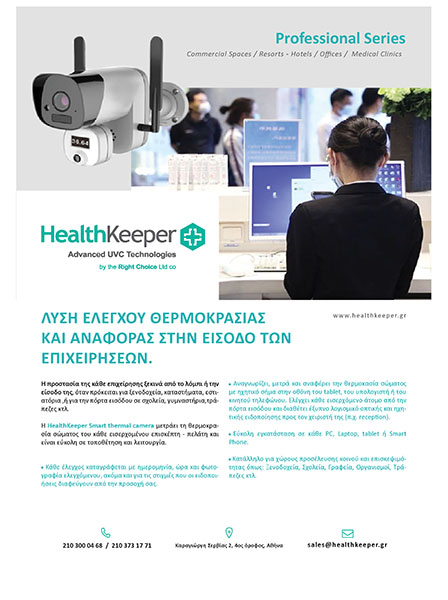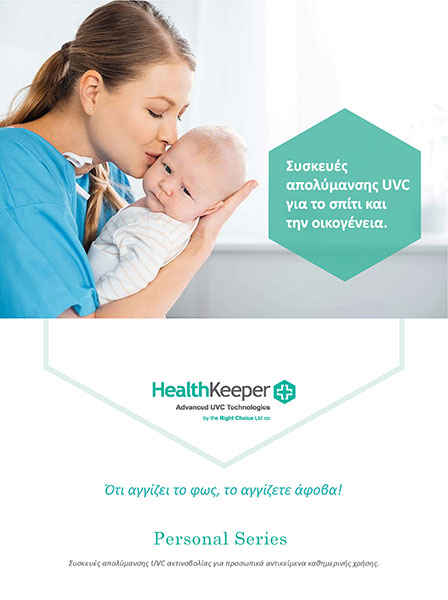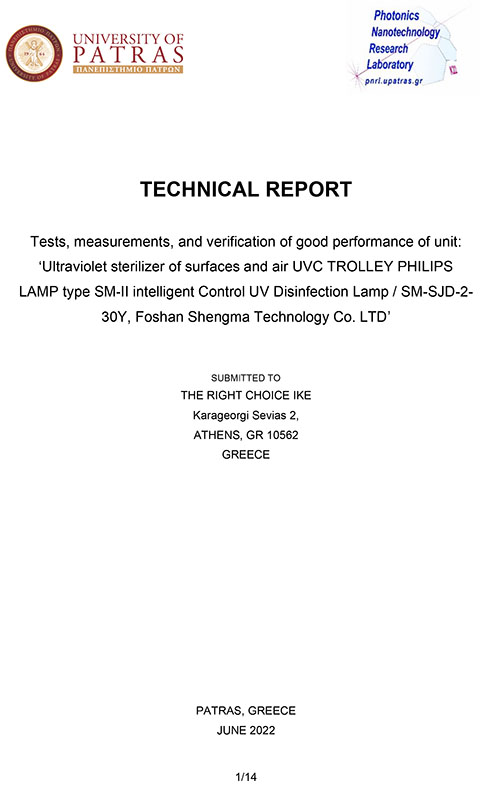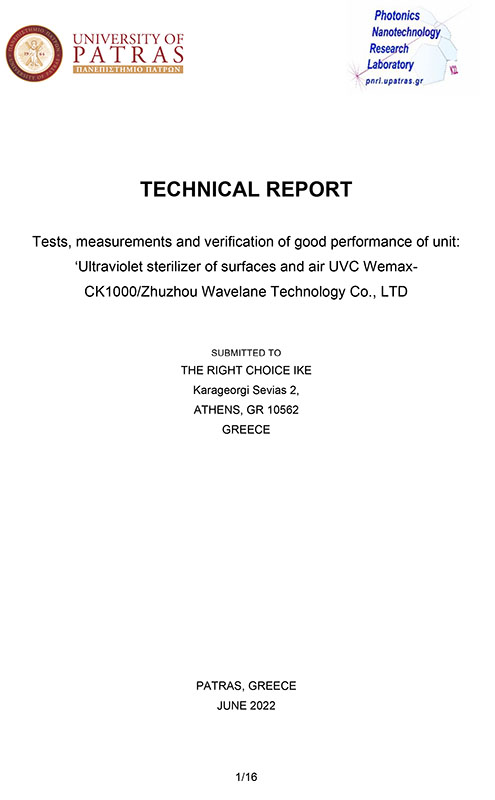Why UVC radiation?
The use of UVC radiation for efficient sterilization dates back to the middle of the 20th century.
Ultraviolet radiation has been used since using powerful UVC emitters, and was applied mainly in major hospitals around the world to sterilize surgeries and hospital rooms and to inactivate germs, viruses and bacteria in these areas.
According to studies, recommendations and announcements by the Centers for Disease Control and Prevention (CDC), UVC radiation eliminates all types of viruses (including influenza viruses).
The germicidal effectiveness of UVC amounts to 99.99% neutralization of germs, viruses and bacteria.
Nowadays, devices for commercial use are available on the market for use by the general public with a highly effective germicidal action, achieving hospital-level sterilization at affordable prices.
These appliances radiate UVC using lamps or LED lights and are designed to provide safety during operation.
Everything the light touches is safe for you to touch!
The devices are indicated for the protection of individuals in their workplaces and residences, keeping their spaces safe.
They sterilize and neutralize microorganisms on any surface – floors, seats, curtains, plastics, fabrics, desks, furniture, appliances, paper – and in the air we breathe from ventilation and air conditioning systems, and much more.
Powerful HealthKeeper appliances use safe UVC technology and are the perfect solution for living in a safe area.
They are designed for easy handling and can be used widely in homes to sterilize surfaces, air and water.
They are not designed to sterilize humans or pets directly. Exposure of the eyes and bare skin to UVC radiation must be avoided. It is also not allowed to stay in the room while the device is activated and the lamps are emitting. Improper use and exposure to radiation can cause side effects such as redness of the skin and conjunctivitis or damage to the eyes.
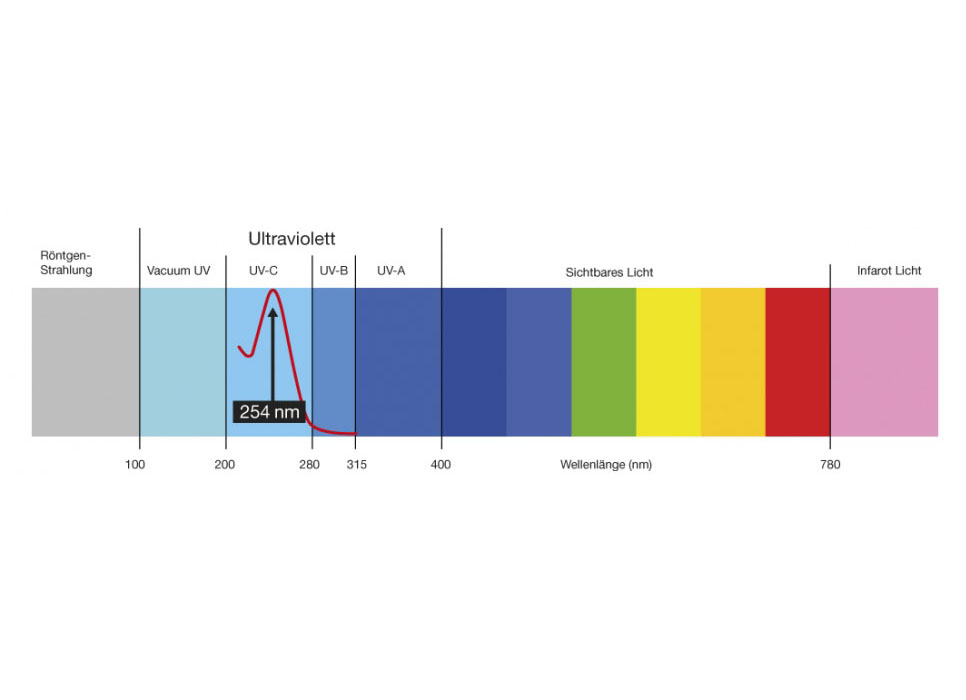
How does UVC radiation work and why it is the preferred method of high demand sterilization?
UVC radiation is extremely effective in neutralizing all types of germs, viruses and bacteria. UVC radiation is part of the solar radiation spectrum.
There are three basic types of ultraviolet radiation coming from the sun: UVA, UVB, and UVC. Of these three types, UVC has the shortest wavelength and therefore the highest energy, which gives it the unique ability to neutralize all pathogenic bacteria and viruses.
Although part of the solar radiation spectrum, UVC radiation is almost completely absorbed by the ozone layer of the atmosphere. In order to be used for sterilization purposes, it must therefore be reproduced by special lamps and LED.
Short-wavelength UVC radiation with a wavelength of 200-280nm is also known as germicidal irradiation (UVGI), and differs from UVB which has a medium wavelength of 280-320nm and UVA with still longer wavelengths that have no germicidal effect.
Emitted at short wavelengths, between 200 and 300 nm, its high energy is extremely effective in neutralizing microorganisms such as bacteria, viruses and protozoa. This quality makes UVC radiation an efficient, environmentally friendly and chemical-free way to prevent microorganisms from reproducing in any environment.
How does UVC radiation destroy microorganisms?
The germicidal UV lamp emits ultraviolet light at a short wavelength (UVC) which neutralizes all germs, viruses and bacteria both on the surfaces that are exposed to the light and in the volume of air between the lamp and the surface.
Due to its high energy, the radiation is absorbed in the cellular RNA and DNA of the germs, viruses, and bacteria, destroying their chemical bonds; this prevents them from reproducing and renders them unable to cause infection.
Contrary to bactericides and antibiotics, microorganisms cannot develop immunity to UVC radiation.
